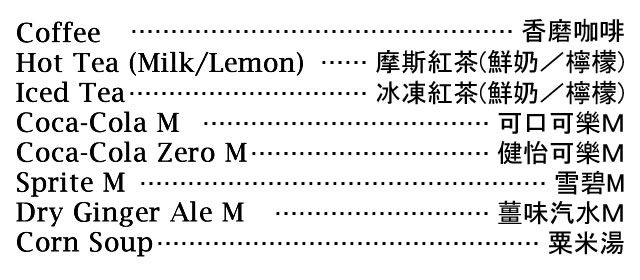

Generally, the NaOH solutions ionize the hydroxyl groups in the substrate and chemically alter the fiber structure by dissolving hydrogen bonds. However, increasing NaOH concentrations up to 10 wt% worsens coffee husk fiber by eroding and deteriorating the structure. stated that a NaOH concentration of less than 5 wt% could improve the interfacial bonding between coffee waste and the polyurethane matrix. , treating the natural fiber using sodium hydroxide (NaOH) increased the interfacial interaction between the matrix and the fiber by up to 300%. For example, the treated waste coffee fiber using steam explosion treatment could enhance the thermostability of the composite, increase the fiber crystallinity index and finally be suitable for use as a green composite product. Even though the hydrophilic nature of GCW may reduce the composite performance due to their poor matrix compatibility and tendency to absorb water, surface treatments may increase the compatibility of the matrix and GCW reinforcement. Table 1 summarizes the outcomes of previous studies on the mechanical and thermal properties of coffee waste element reinforcement in polymer composites. Moreover, because of the presence of these functional groups, it may provide extra opportunities for interfacial bonding within the polar polymeric matrix. This by-product stands out due to its high protein content (17–18%), which may improve the characteristics of polymer composites. GCW has a structure that is very similar to components often utilized as filler particles in wood polymer composites. They used two mixed N 2/O 2 and CO 2/O 2 working atmospheres and found that the main gases resulting from the combustion process are: O 2, H 2O, CH 4, CO, CO 2, NH 3 and HCN. used the thermogravimetric technique together with Fourier transform infrared spectroscopy to analyze the thermal decomposition of some plant residues used in the preparation of tea. When a zeolite is used as a catalyst, they found a significant increase in the amount of low molecular weight hydrocarbons such as CH 4, C 2H 4 and C 2H 6. From the test, they found that the main gases produced during ground coffee pyrolysis are those containing oxygen: H 2O, CO and CO 2 within a temperature range between 250 and 425 ☌. used thermogravimetric analysis (TGA) and mass spectrometry (MS) to carry out pyrolysis tests on spent coffee grounds in a nitrogen atmosphere with heating rates ranging from 5 to 100 ☌/min. This lightweight and environmentally friendly composite has potential in high-end packaging, internal automotive parts, lightweight furniture, and other composite engineering applications.įermoso et al.

The highest impact energy absorbed was obtained by OGC with a 16% increment. Specific tensile modulus improved for OGC at 5 vol% particle loading. The FTIR conducted proved the removal of unwanted impurities and reduction in water absorption after the treatment. SEM fracture analysis showed better adhesion between HDPE and treated GCW. Particle loadings of 5% and 10% of the treated GCW composites exhibited the optimum level for this particular type of composite, whereby their mechanical and thermal properties were improved compared to untreated GCW composite (UGC). The composites were prepared using stacking HDPE film and GCW, followed by hot compression molding with different GCW particle loadings (5%, 10%, 15% and 20%). GCW underwent two types of treatment (oil extraction, and oil extraction followed by mercerization). The current work discusses ground coffee waste (GCW) reinforced high-density polyethylene (HDPE) composite.


 0 kommentar(er)
0 kommentar(er)
